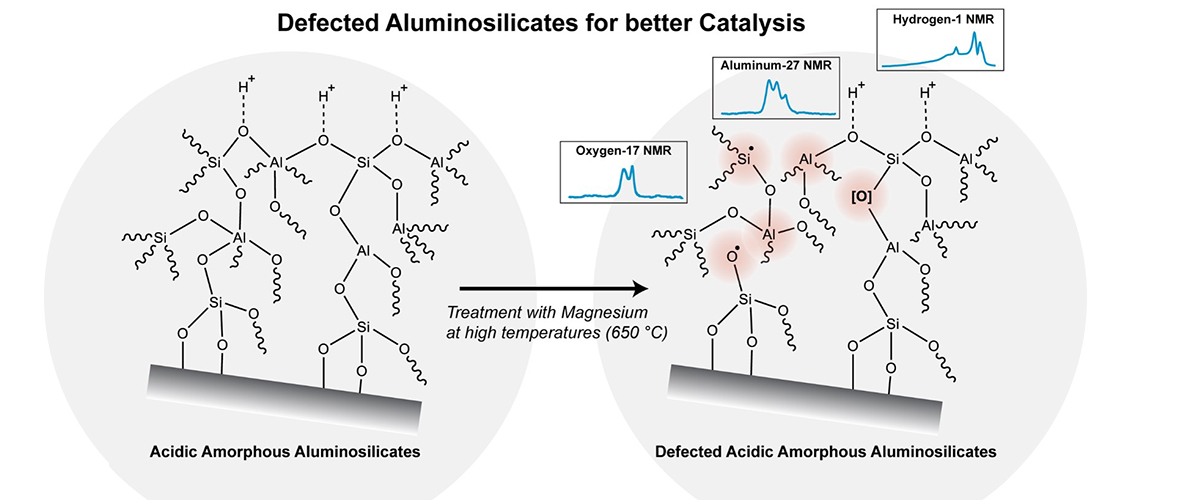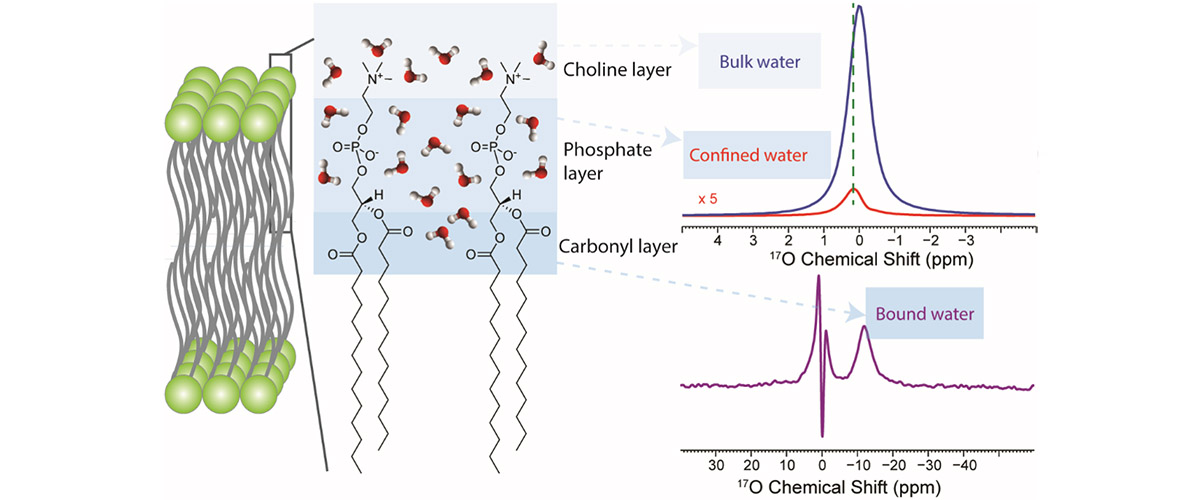
November 17, 2025
We used the world’s strongest magnet to uncover how magnesium ions move through antiperovskites, a new class of solid materials that could power futur…

July 17, 2025
Researchers used a powerful 36 Tesla magnet at MagLab to study the atomic structure of porous materials (MOFs) with bismuth and iodine NMR, aiding the…

March 10, 2025
We discovered how two important molecules in cartilage, glycosaminoglycans (GAGs) and collagen, interact at the atomic level. Using advanced NMR techn…

December 12, 2024
Using high-field nuclear magnetic resonance (NMR) at the MagLab, researchers discovered that adding atomic-level defects to a material called amorphou…

August 14, 2024
Solid oxide fuel cells generate clean energy by oxidizing green fuels like hydrogen and reducing atmospheric oxygen, without recharging or emissions t…

April 17, 2024
Rhodium (Rh) is one of the most costly and scarce platinum group elements; however, it is of great importance in many technologies including catalytic…

December 15, 2023
A protein modification rarely found in terrestrial animals was discovered in the slime of the velvet worm. This slime, which is projected for prey cap…

September 11, 2023
Combining high magnetic fields, specialized probes, and measurement techniques, this work adds the crucial 17O nucleus into the study of biomolecules …

April 24, 2023
Chemists are rarely able to use oxygen NMR to determine molecular structures, since 17O is an extremely challenging nucleus to observe. This work prov…

November 14, 2022
Zeolite catalysts are critical to generating the molecules that provide the building blocks of society’s energy and materials needs. Discerning a clea…

August 15, 2022
A new 17O solid-state NMR technique, employed on the highest-field NMR spectrometer in the world (the 36 T Series Connected Hybrid), identifies water …

June 17, 2022
Evolutionary biologists reused FAIR data generated at the MagLab's NMR facility to model an RNA-binding protein in mammals dating back 160 million yea…

April 19, 2022
This new technique for mapping out atom placements in the active site of enzymes could unlock the potential for finding new therapeutics.

January 25, 2022
Scientists have used high-field nuclear magnetic resonance (NMR) to reveal how fungal pathogens use carbohydrates and proteins to build their cell wal…

July 22, 2021
A new method to study how the nuclei of atoms “communicate” with one another in the presence of unpaired electron spins has been developed at the MagL…

April 28, 2021
Measurements performed at the National High Magnetic Field Laboratory provide unique insight into molecular structure of next-generation catalysts for…

October 16, 2020
Metal-organic frameworks (MOFs) are porous materials with high surface areas that can host a variety of different guest molecules, leading to applicat…

March 23, 2020
Magnetic resonance (MR) signals of sodium and potassium nuclei during ion binding are attracting increased attention as a potential biomarker of in vi…

December 12, 2019
This finding demonstrates a path forward to dramatically enhance sensitivity for molecule concentration measurement by magnetic resonance using Overha…

July 29, 2019
Very high magnetic fields now enable researchers to understand what surrounds calcium atoms in materials.

March 20, 2019
With advanced techniques and world-record magnetic fields, researchers have detected new MRI signals from brain tumors.

January 04, 2019
With unprecedented sensitivity and resolution from state-of-the-art magnets, scientists have identified for the first time the cell wall structure of …

July 10, 2018
The causes of migraines are not well understood, with treatment limited to addressing pain rather than its origin. Research conducted with hydrogen MR…